She opens her eyes to pain; she flexes to pain and she mutters incomprehensible sounds in response to your questions.
Based on your assessment what is her GCS? #BBHCP
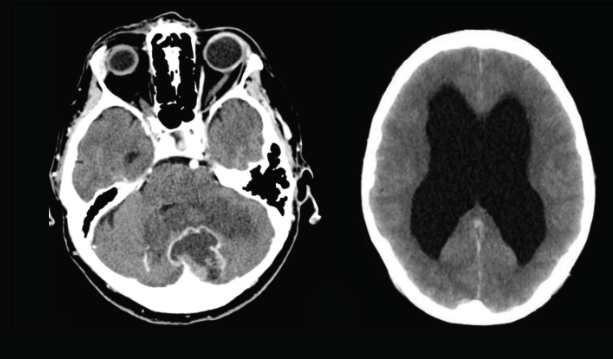
Where is CSF produced? 🤷#BBHCP
👇
Next, it flows through the aqueduct of Sylvius into the fourth ventricle.
The 4th ventricle is anterior to the cerebellum. #BBHCP
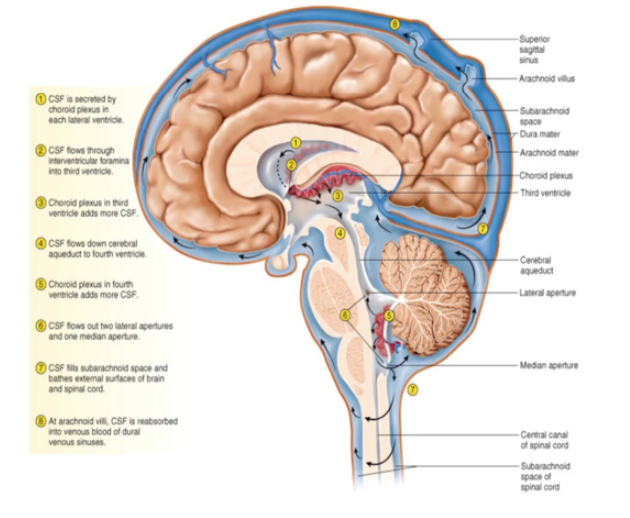
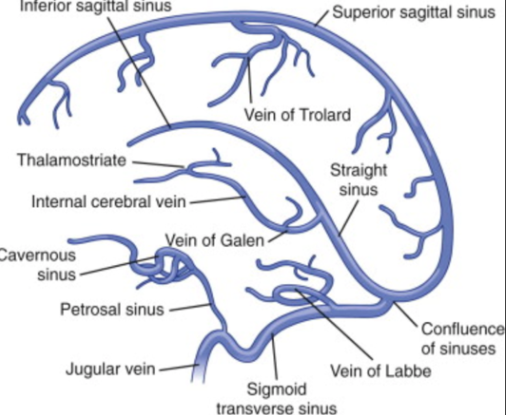
Does anyone know what are the two main types of hydrocephalus are?
#BBHCP
Who knows the difference between the two? #BBHCP
Non-communicating: congenital (congenital aqueduct stenosis), obstructing lesion.
Communicating: Subarachnoid haemorrhage, infective meningitis, normal pressure hydrocephalus, congenital (Dandy Walker syndrome).
#BBHCP
Consisting of..
🧠Dementia, 🚶gait disturbances and 🚽urinary incontinence! #BBHCP
As we've said, the 4th ventricle is anterior to the cerebellum. This means that lesions in the cerebellum, if large enough, can compress the 4th ventricle and affect the CSF flow ⚠️ #BBHCP
Do you know of any ways we can treat the hydrocephalus surgically?
#BBHCP
Infoℹ️: brainbookcharity.org/external-ventr…
Video📺:
#BBHCP
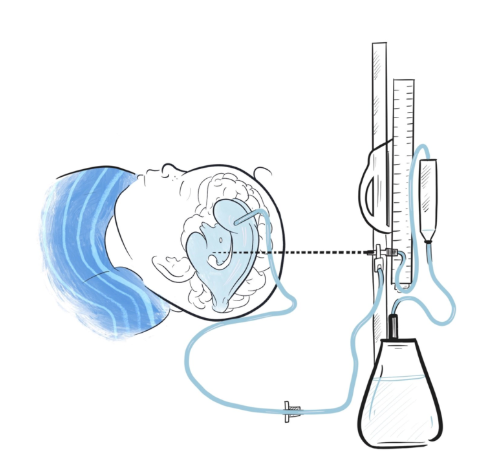
She returns to the neuro-observations unit post-operatively. Her GCS is now E3 V4 M5. She remains on the ward and is showing good recovery.
It’s also important to examine for any CSF leak at the dressing site. This may take place over 24 hours! 🤕🕐 #BBHCP
A ••ventriculo-peritoneal (VP) shunt•• is typically the procedure of choice.
Who knows any other types of shunts we can use?
#BBHCP
• Lumbo-peritoneal (LPS)
• Ventriculo-pleural (VPS) or
• Ventriculo-atrial (VAS).
Often these shunts may be required if the patient has had extensive intraabdominal surgery or high intraperitoneal pressure #BBHCP
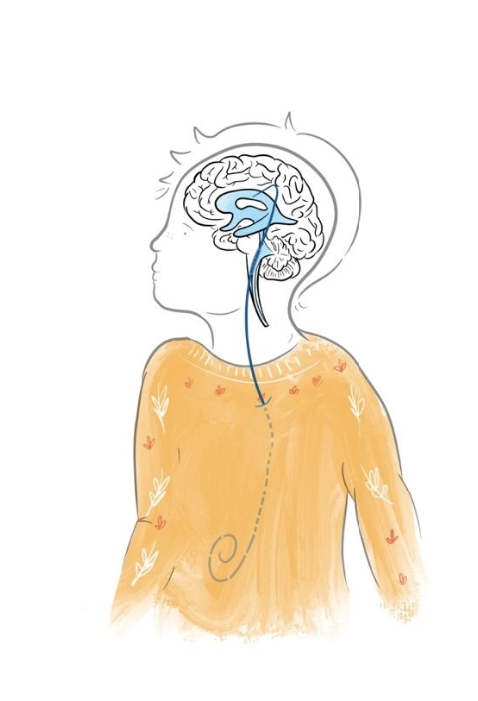
📼Video:
✍️Blog: brainbookcharity.org/ventriculo-per…
#Like #Comment #Subscribe #BBHCP
Thank you so much again for joining us for another BB CBD!
We'd love your feedback as we'd love to keep making these better & better: bit.ly/2y41Xq0
(Certificates provided 😉)
A huge thank you to our moderator @aswinchari !
#MedEd #BBHCP




